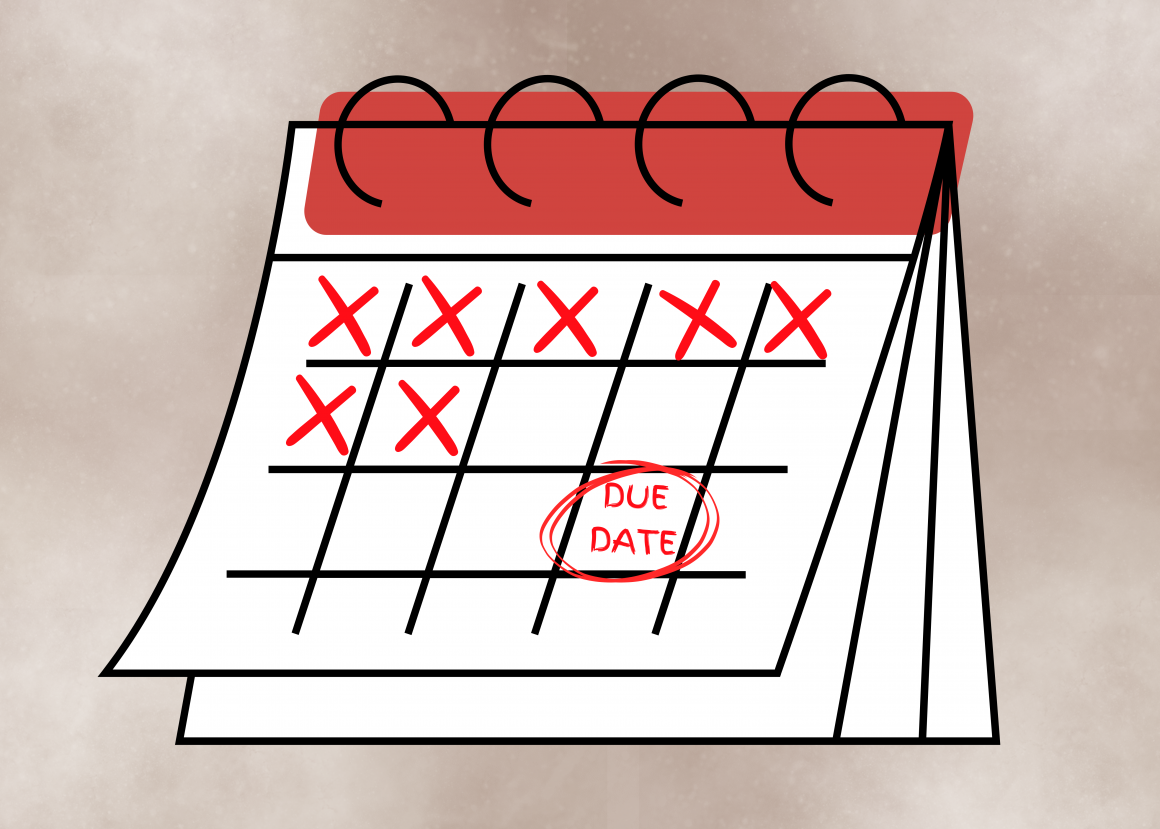
Break free from inefficiency: A guide to outsmarting Parkinson’s Law
By Josie Simon, Feburary 15 2024—
Have you ever felt frustrated by the feeling that work always takes longer than it should? Do you struggle with procrastination, leaving tasks until the last minute? If so, you might be familiar with Parkinson’s Law, the tendency for work to expand to fit the time available. But worry not, as proven strategies can help you take control, break free from the cycle of inefficiency, and boost your productivity.
Parkinson’s Law, as described by Cyril Northcote Parkinson in 1955, states that work expands to fill the time allotted for completion. This means that when given a deadline, individuals may procrastinate and only finish the task right before it is due. This inefficiency can waste time and increase stress levels.
For example, imagine having two weeks to finish a simple D2L discussion post that only requires a few hours of work. However, with extra time, you decide to take on additional tasks, such as organizing your notes and contacting classmates for extra feedback.
While these tasks may be beneficial, they can cause the original project to expand beyond its initial scope and consume more time than expected. Additionally, knowing you have plenty of time, you may procrastinate starting the project altogether.
As a result, what should have been a quick task takes two weeks to complete. So, how can students overcome Parkinson’s Law?
1. Set self-imposed deadlines
Setting self-imposed deadlines helps you work more efficiently and avoid procrastination. To do this effectively, break down assignments into smaller tasks with specific deadlines, estimate how long each task will take and create a schedule that identifies when each task needs to be completed.
2. Timeboxing
Timeboxing is a technique where you set specific time limits for completing tasks. This involves dedicating focused work sessions, using a timer to track work intervals, taking short breaks and prioritizing tasks based on their importance and urgency. Timeboxing will increase your productivity by helping you manage your time more effectively and avoid getting overwhelmed with too many tasks at once.
3. Pomodoro technique
The Pomodoro technique is a time management method that helps improve focus and productivity by breaking work into 25-minute intervals followed by short breaks. To use this technique effectively, set a timer for 25 minutes, work without distractions, take a fiveminute break and repeat the cycle for multiple sessions.
4. Use task management tools: Task management tools like Todoist or Trello can help you stay organized and efficient. Choose a platform or app that suits your preferences and create detailed to-do lists with task descriptions, deadlines and priorities. Set reminders for upcoming deadlines and use calendar features to schedule study sessions, assignments and exam preparation.
5. Plan strategically: Creating a strategic plan for approaching assignments can help individuals stay on track and avoid wasting time. To do so effectively, establish SMART (Specific, Measurable, Achievable, Realistic and Time) goals for each assignment, break down tasks into smaller actionable steps, allocate time for different stages of the assignment and be prepared to review and adjust the plan to handle unexpected challenges or changes.
Remember, you have the power to take control of your tasks and become a more efficient and successful learner. Do not let Parkinson’s Law dictate your productivity — empower yourself to reach your full potential.
